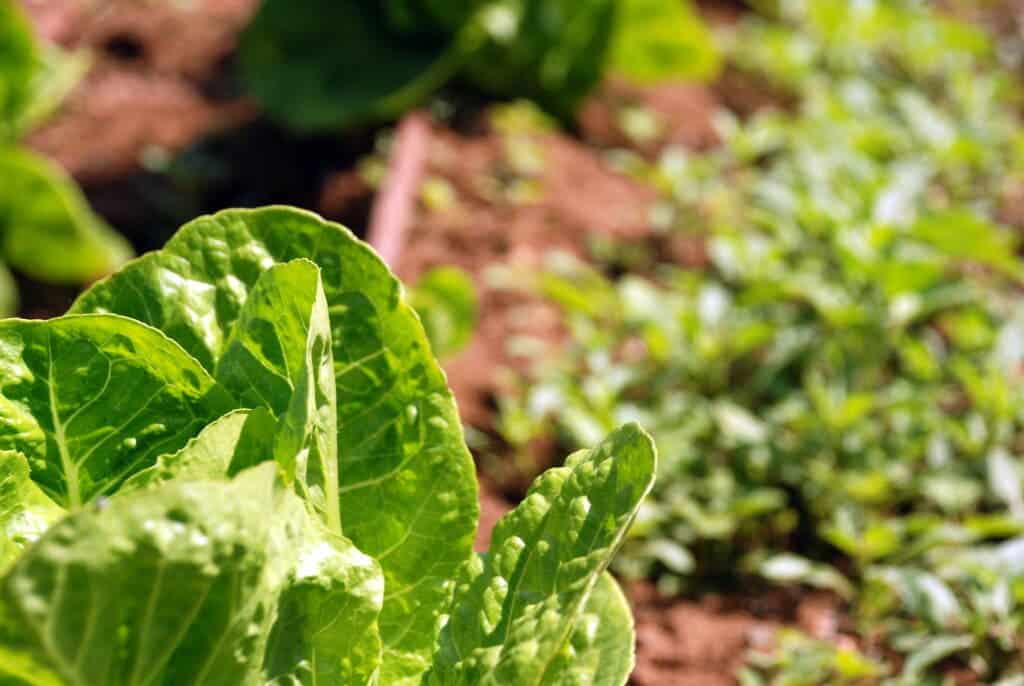Microplastics are contaminating agricultural land as well as the oceans, affecting the interaction between the soil and the plants. The amount varied according to the agricultural practice used by the farmers and probably affects all soil organisms.

Over time, plastic items in the ocean can break down into smaller pieces, known as microplastics. They can be the size of a rice grain or even smaller, making them easy to be ingested by sea creatures. Millions of tons of plastic enter marine ecosystems every year, and quantities are expected to increase in the coming years.
But while the impact of ocean microplastics has been at the focus of researchers for the past few years, not that much attention has been placed on the microplastics that are accumulating on land — including agricultural areas. A study estimated that 107,000 to 730,000 tons of microplastics are dumped onto agricultural soils in the U.S. and Europe every year.
The potential sources of microplastics in the agricultural environments include sewage sludge, compost, irrigation of wastewater, road runoff, atmospheric deposition, and plastics in agricultural practice. Microplastic can also come from organic fertilizer from biowaste, as several studies have recently shown.
It is estimated that 79% of 6.3 billion tons of the total plastic waste generated in 2015 accumulated in landfills or the natural environment and 7% of the plastics produced globally were utilized for agriculture. Plastic mulching, which covers a large part of the European agricultural surface, has grown rapidly in recent years worldwide. Polyethylene films have also been widely used in greenhouses and seem to be contributing to microplastic pollution.
A group of researchers from Incheon National University in Korea wanted to explore how abundant microplastics are in different types of soils based on the agricultural practice employed, something that hasn’t been thoroughly explored. Moreover, they wanted to see whether only external sources of microplastics were responsible for soil pollution.
“Most studies have focused on the marine environment, but substantial amounts of microplastics can be generated in the agricultural environment via weathering and fragmentation of plastic products used in agricultural practices. We hoped to find out the amount of microplastics in Korean agricultural soils,” Seung-Kyu Kim, lead researcher, said in a statement.
The researchers looked at four soil types corresponding to different agricultural practices: soils from outside and inside a greenhouse, mulching, and rice field soil. They collected the samples from rural farmlands during the dry season so to minimize the effect of non-agricultural sources of microplastics. They only considered microplastics in the size range between 0.1 to 5 millimeters.
The soils from outside and inside a greenhouse had the highest average microplastic abundance, the study showed, while the lowest content was in mulching. Looking at each type of microplastics, fibers and sheets were the most common ones. All soil samples except from the one inside a greenhouse had a major contribution from sheets, which suggests potential internal sources of microplastics.
The researchers hope that their findings can help to understand the growing role of the agricultural environment as a source of microplastic. This could lead to establishing efficient management strategies to tackle microplastics. Future studies should focus on the contribution of the individual sources of microplastics and their effect on soil properties, which cascade throughout the entire ecosystem.
The study was published in the Journal of Hazardous Materials.
Was this helpful?



